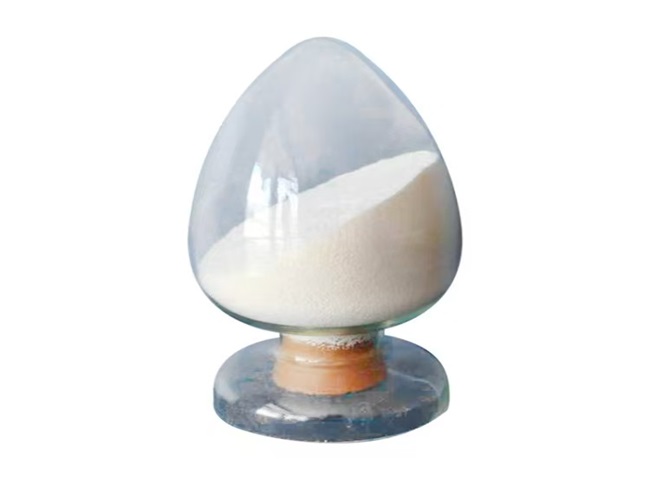CMC gum has become an ideal choice for improving paper quality due to its outstanding performance and multiple advantages. By enhancing fiber bonding, improving paper characteristics, and increasing environmental sustainability, CMC cellulose gum has shown great potential in the papermaking process.
Enhancing Fiber Bonding: The hydroxyl and carboxymethyl groups in the molecules of CMC gum interact with fibers in the pulp through hydrogen bonds and ionic bonds. This creates a stronger network structure, significantly improving mechanical strength indicators such as tensile strength, tear resistance, and burst strength.
Optimizing Fiber Distribution: Cellulose gum has good dispersing properties, helping fibers in the pulp to distribute more evenly. This prevents fiber aggregation or uneven distribution, reduces internal voids and defects in the paper, and makes the paper structure denser, ultimately increasing its overall strength.
Improving Water Retention: Cellulose gum can absorb and retain a large amount of water, helping the paper maintain appropriate humidity during the drying process. This prevents the paper from prematurely drying and experiencing issues such as shrinkage and deformation. Additionally, it promotes better fiber bonding and chemical reactions, enhancing paper quality and performance.
Enhancing Sizing Effect: As a surface sizing agent, CMC cellulose gum can be evenly applied to the paper surface, forming a continuous film with a certain level of strength and water resistance. This improves the paper's resistance to water, oil, and folding, ensuring that the paper remains resistant to moisture, staining, and damage during printing, writing, and use.
Improving Coating Performance: In papermaking coatings, CMC cellulose gum acts as an adhesive, binding pigment particles to the base paper. It helps the pigment particles to stick together and partially fills the gaps between them, improving the adhesion and uniformity of the coating. This results in better surface smoothness, glossiness, and printability of the paper.

Renewable Raw Materials: The raw materials for CMC cellulose gum primarily come from natural cellulose sources, such as wood, cotton, and hemp. These resources are renewable, meeting the requirements for sustainable development. In comparison to non-renewable, petroleum-based adhesives, cellulose gum offers a significant environmental advantage. As a responsible cellulose gum supplier, we are committed to promoting eco-friendly solutions that support a greener future.
Non-Toxic and Harmless: Cellulose gum does not release harmful gases or substances, such as formaldehyde or benzene, during production or use. It is an environmentally friendly adhesive, safe for human health. This makes it ideal for manufacturing paper products such as food packaging and sanitary paper, which have stringent safety requirements.
In summary, CMC gum not only significantly enhances paper strength and performance but also brings environmental and economic benefits to the papermaking industry. Its low cost, ease of use, and sustainable characteristics make it a promising material with broad application potential in the future of the papermaking industry.